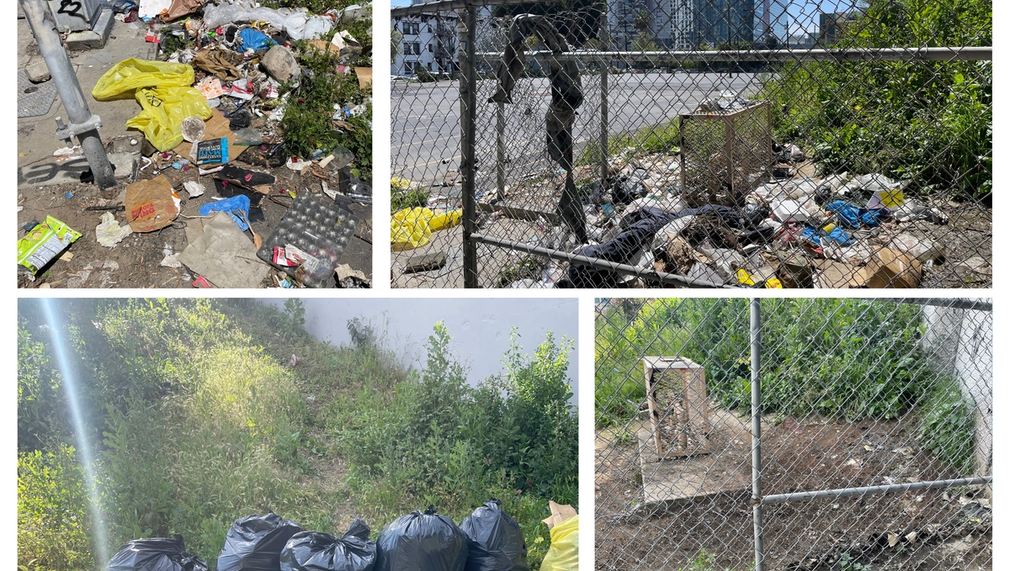Revive, Restore, Reclaim: Alley Renaissance
We are transforming alleys into sustainable, community-focused spaces. Enhance sustainability, safety, transportation, and economic development, improving residents' quality of life and fostering a vibrant, connected community.

What is the primary issue area that your application will impact?
Green Space, Park Access, and Trees
In which areas of Los Angeles will you be directly working?
County of Los Angeles
City of Los Angeles
In what stage of innovation is this project, program, or initiative?
Pilot or new project, program, or initiative
What is your understanding of the issue that you are seeking to address?
Green alleys address: Urban Heat Island Effect: Cities can overheat due to concrete and asphalt surfaces. Green alleys, filled with vegetation, mitigate this by reducing heat-absorbing surfaces. Stormwater Runoff: Impermeable urban surfaces can cause rapid water runoff during rain, leading to flooding and pollution. Green alleys manage this with permeable surfaces that absorb and filter rainwater. Lack of Green Space: Dense urban areas often lack green space. Green alleys provide small oases for relaxation and nature interaction. Safety and Community Building: Neglected alleys can become sites for illegal activities and garbage. Green alleys can transform these spaces into community gathering spots, increasing neighborhood safety and cohesion. The Green Alleys Project addresses key environmental, social, and urban planning issues, converting neglected urban spaces into beneficial community resources.
Describe the project, program, or initiative this grant will support to address the issue.
Green City LA is leading the charge to revitalize some of the 900-mile networks of alleys underutilized and tarnished by issues like illegal dumping and graffiti. A community-based strategy involves assessing the potential of each alley via a triple-bottom-line approach, considering economic, environmental, and social aspects. Tools like an alley rating system and condition reporting app provide a comprehensive understanding of each alley's current state, aiding in targeted restoration efforts. Rather than focusing solely on negatives, Green City LA emphasizes each alley's untapped positive potential. Community involvement lies at the core of our approach, promoting active participation and shared responsibility for alley revitalization. Green City LA's work demonstrates the power of community engagement for achieving sustainable urban improvement.
Describe how Los Angeles County will be different if your work is successful.
With the success of the Green Alley initiative, we envision a Los Angeles County cooled by lush alleyways that diminish urban heat and manage stormwater. These vibrant spaces, with biodiversity, serve as communal hubs promoting social interaction and active transportation. Transformed from overlooked routes into thriving green corridors, these alleys enhance our county's aesthetic appeal, creating a sustainable, healthier, and more connected community.
What evidence do you have that this project, program, or initiative is or will be successful, and how will you define and measure success?
Environmental Impact: A decrease in the urban heat island effect and improved stormwater management will be quantified through local temperature and water quality monitoring. Community Engagement: Success in creating community spaces will be measured through surveys, assessment app, assessing local residents' usage and satisfaction. Biodiversity: Increases in local biodiversity will be tracked through regular ecological surveys. Active Transportation: Usage of the green alleys by pedestrians and cyclists will be monitored to measure the impact on active transportation. Aesthetics: Before-and-after comparisons and community feedback will help quantify aesthetic improvements.
Approximately how many people will be impacted by this project, program, or initiative?
Direct Impact: 8,380
Indirect Impact: 25,000